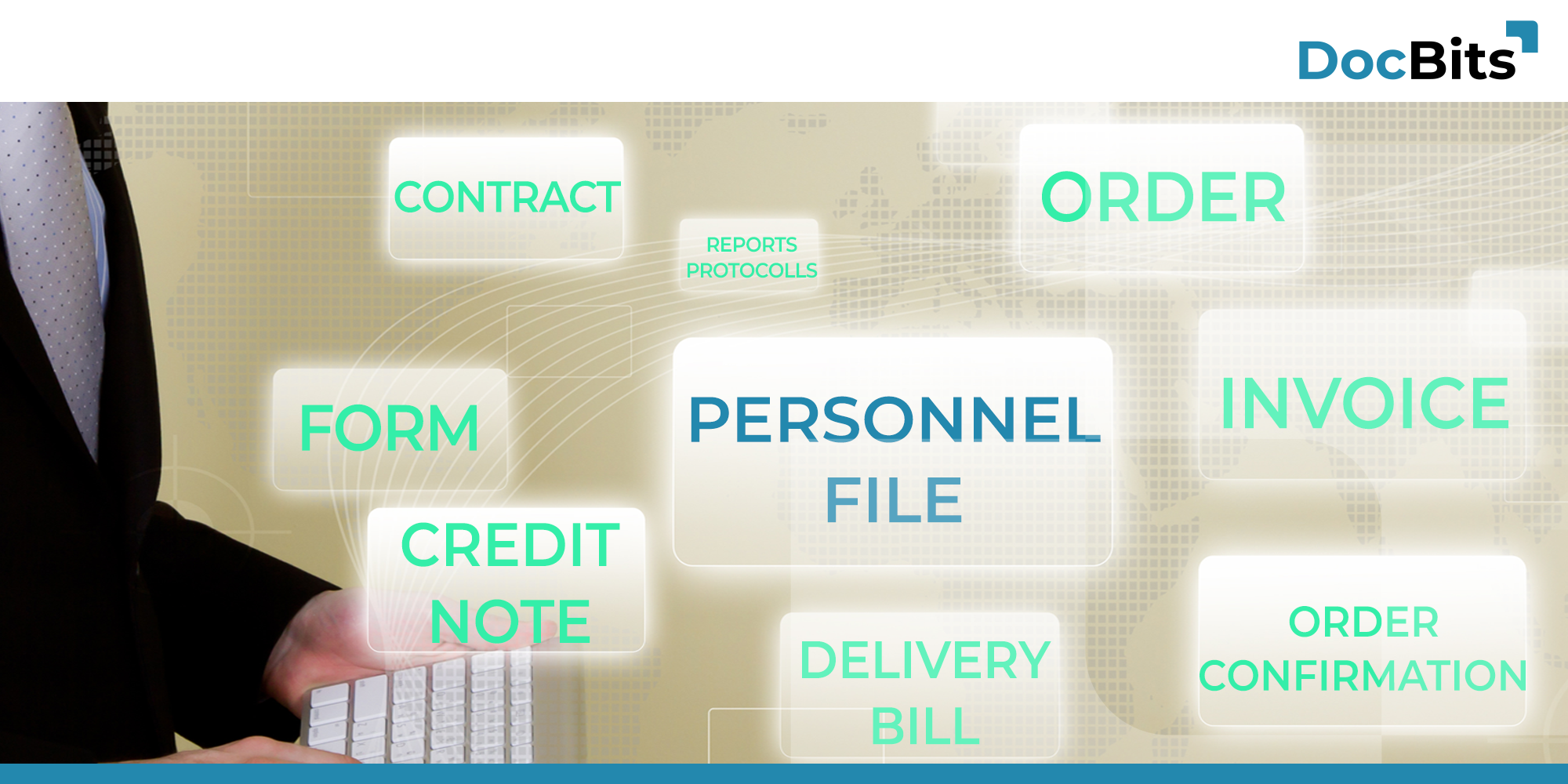Today, in most companies a personnel file is kept for each employee. Not because it is obligatory – no – but because it is in the interest of both parties. In Germany, there is only an obligation to keep a personnel file in the public sector (authorities), but not in the private sector.
An exact regulation of what is meant by a personnel file can only be found in civil service law. Section 106 (1) of the Federal Civil Service Act (BBG) states:
“The personnel file includes all documents relating to the civil servant insofar as they have a direct internal connection with his or her employment relationship (personnel file data). Other documents may not be included in the personnel file.”
Based on this definition, we find a very similar description in many business and legal encyclopedias. So, we can say that a personnel file is a collection of all documents/data concerning an individual employee, which usually depicts all information relevant to the employment relationship.
Most companies have already moved away from paper personnel files and are now creating electronic personnel files.
Since there are no legal requirements in Germany for either the form or the content of a personnel file, this can be different from company to company. Some are very detailed, while others contain only the most important data and information. What ultimately ends up in the file is decided by the company itself. This does not mean that the employer may now collect all information about an employee and keep it in the file. NO! All information in a personnel file must be directly related to the employment relationship. The following is a list of documents that are often found in a personnel file:
Of course, there are also data / documents that an employer is not allowed to keep in the personnel file. First and foremost, this is information that concerns your privacy and has no relevance to your professional activities.
This includes, among other things:
Access to personnel files is generally limited to a few authorized individuals.
It is important to note that access to the personnel file is regulated by data protection and labor laws in many countries. Companies must therefore make sure that they comply with these laws and that unauthorized persons do not have access to personnel files.
A personnel file, regardless of whether it is in paper or electronic form, is a collection of work-related information / documents of the employee. And it must comply with certain guidelines (data protection).
In the age of digitalization, personnel files in paper form are becoming increasingly rare. More and more the documents of a personnel file are entered into an electronic directory by an EDP system. To automate this and save you even more time in processing this data, we have developed DocBits. DocBits is a simple and intelligent data processing software solution that uses AI swarm intelligence and machine learning to effectively read and process data from documents.

Share: